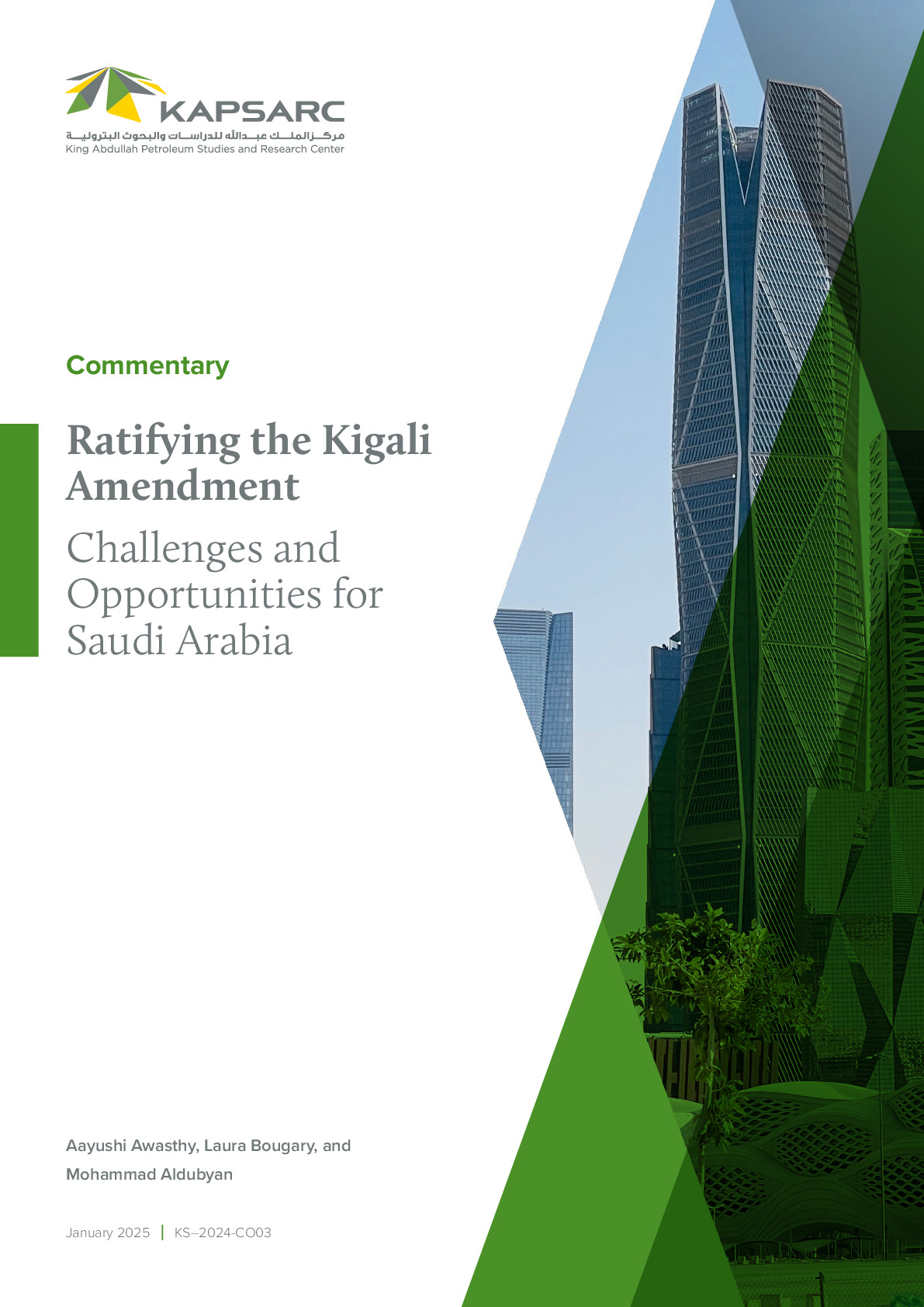In this paper, a systematic review analysis of fully enforced stay at home orders and government lockdowns is presented. The main goal of the analysis is to identify the impacts of stay home living patterns on energy consumption of residential buildings. Specifically, metered data collected from various reported sources are reviewed and analyzed to assess the changes in overall electricity demand for various countries and US states. Weather adjusted time series data of electricity demand before and after COVID-19 lockdowns are used to determine the magnitude of changes in electricity demand and residential energy use patterns. The analysis results indicate that while overall electricity demand is lower because of lockdowns that impact commercial buildings and manufacturing sectors, the energy consumption for the housing sector has increased by as much as 30% during the full 2020 lockdown period. Analysis of reported end-use data indicates that most of the increase in household energy demand is due to higher occupancy patterns during daytime hours, resulting in increased use of energy intensive systems such as heating, air conditioning, lighting, and appliances. Several energy efficiency and renewable energy solutions are presented to cost-effectively mitigate the increase in energy demands due to extended stayhome living patterns.




